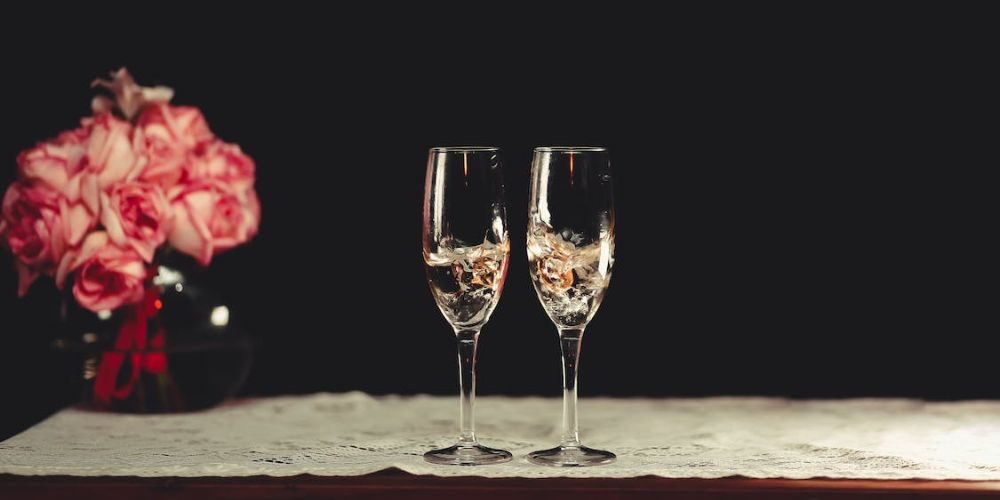
Climate Change: How Rising Temperatures Could Transform Champagne Forever

Pop the cork and celebrate – Champagne sales have skyrocketed, reaching a dazzling 6 billion euros in 2022, with over 325 million bottles shipped from France’s Champagne region. However, amidst the clinking glasses and effervescent bubbles lies a growing concern – the looming threat of climate change, poised to alter the very essence of this iconic beverage.
Bubble Trouble: Climate’s Impact on Grape Production
- Rising Heat, Sunburned Grapes: S&P Global’s Sustainable1 report forewarns a tripled risk of drought in Champagne by the 2050s, soaring from the current level of 16 to a concerning 43. This intensifying heat not only jeopardizes grape production but also risks sunburned grapes, damaging the cherished flavor.
- Erratic Weather Blues: Beyond drought, the Champagne region faces the capricious whims of an increasingly unpredictable climate. Fires, floods, and frosts are becoming unwelcome guests in recent years, further complicating the delicate art of winemaking.
Sustainable Sips: Champagne Houses on the Frontline
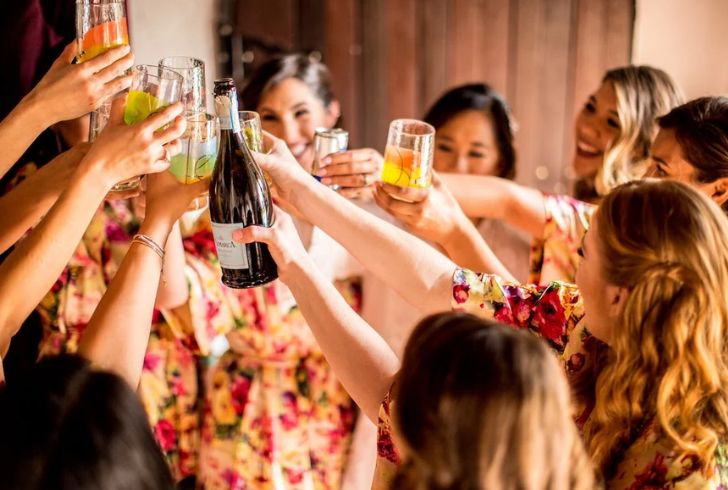
Pexels | Smiling friends raising glasses for a cheers.
Champagne houses are bracing for the harsh reality of climate change, with Moët Hennessy’s Chief Sustainability Officer, Sandrine Sommer, underscoring their determination to adapt to the diverse impacts on their terroirs. Acknowledging the need for change, Champagne Taittinger discloses a strategic move in harvest timing.
Traditionally slated for the end of September, the harvest is now pushed forward to late August and early September, a proactive measure aligning with the evolving temperature patterns to navigate the challenges posed by the changing climate.
The Champagne Alchemy: How Climate Affects Taste
- Sweetening Sunshine: The warming climate isn’t just raising temperatures; it’s sweetening the deal. With more sun and sugar in the juice, champagne is naturally becoming sweeter. Taittinger’s Claire Sarazin notes that the excess sugar eliminates the need for additional sweetening, a trend they are cautiously monitoring.
- Richer, Riper, Transparent?: Champagne critics are already detecting a “definite shift” in taste. Tom Hewson notes a move towards richer characteristics, aligning bubbly closer to other white wines. Susy Atkins, a seasoned wine judge, concurs, observing a subtle but discernible change toward a more opulent flavor profile.
Beyond the French Border: Exploring New Terroirs
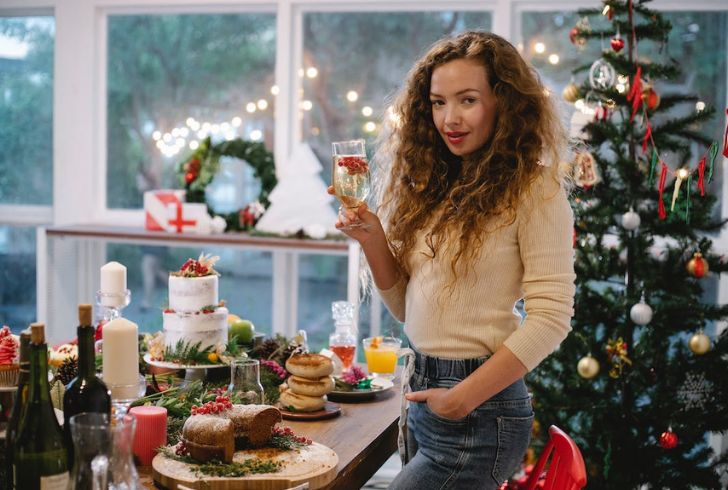
Pexels | Champagne Bottle on Celebration Table.
Some Champagne houses are looking across the channel for a safe haven in the form of English sparkling wine. Taittinger and Pommery have jumped on this trend, investing in the English bubbly. Yet, they’re determined to keep the unique flavors of English and French varieties intact.
Meanwhile, the traditional rules of crafting champagne, covering everything from vineyard practices to grape-pressing methods, are on the chopping block. With the Champagne region grappling with its future, tweaking these time-honored rules might be the only way forward, challenging our understanding of what truly makes a champagne, well, champagne.
The Uncertain Future: Will Champagne Still Be Champagne?
- Grappling with Alternatives: As climate challenges persist, champagne houses are exploring alternatives for the future. While Taittinger maintains a positive outlook, the search for new grape varieties meeting the rigorous standards of champagne-making is ongoing.
- Diverging Paths: Moët Hennessy, however, is resolute in its commitment to France. CEO Philippe Schaus dismisses any notions of opening vineyards in England, underlining the brand’s allegiance to its French roots.
A Toast to Adaptation
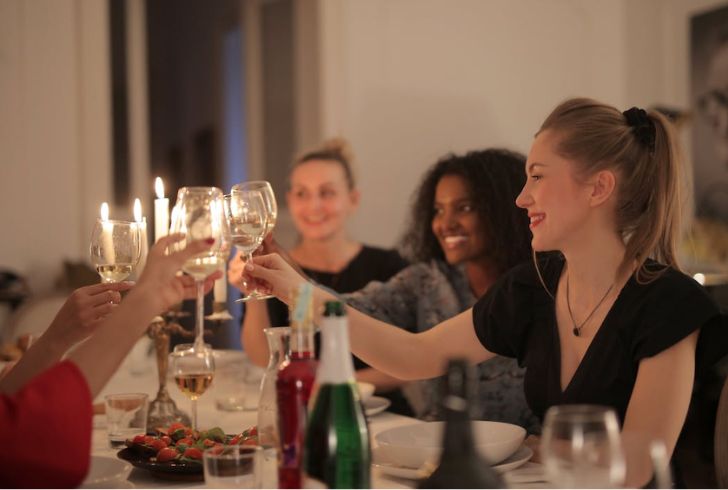
Pexels | Savoring the Bubbles: Embracing the Evolving Taste of Celebration.
In the world of bubbly indulgence, climate change poses a formidable challenge to the very essence of champagne. From adapting harvest schedules to contemplating new terroirs, champagne houses are navigating uncharted territories. As we raise our glasses to celebrate, we also raise awareness of the delicate balance between tradition and adaptation in the face of a changing climate. The future of champagne is uncertain, but one thing is clear – the industry is toasting to resilience and innovation. Cheers to a sparkling evolution!
More inLifestyle
-
Will Governor Kugler Push for More Rate Cuts as Inflation Eases?
Federal Reserve Governor Kugler supports the central bank’s recent interest rate cut and plans to advocate for more reductions if inflation...
October 18, 2024 -
Four Seasons Hotel Milano Introduces Personal Styling With Vittoria de Carlo
When it comes to fashion, Milan is unmatched, blending elegance with avant-garde trends. To uncover the heart of Milan’s fashion scene,...
October 9, 2024 -
The Most Successful Female Celebrity Brands
In today’s world, many female celebrities are not just shining in the entertainment industry but also making significant strides as entrepreneurs....
October 1, 2024 -
How to Incorporate Sustainable Outdoor Activities Into Your Travel Adventures
Opting for sustainable outdoor activities may seem challenging at first, but it’s an essential choice for preserving our environment. While integrating...
September 26, 2024 -
Here’s How You Can Get Low Interest on Loans in 2024 & Beyond
How to get a low-interest loan? Well, it is a question many Americans seek an answer to. After all, interest rates...
September 20, 2024 -
How to Buy the Perfect Men’s Belt Online
Selecting the right belt size might seem straightforward, but it can be more nuanced than simply matching it to your pants...
September 12, 2024 -
Why Joey Lawrence and Samantha Cope Parted Ways After 2 Years of Marriage
In a surprising turn of events, Joey Lawrence’s divorce from Samantha Cope has become a topic of widespread discussion. The couple,...
September 2, 2024 -
Must-Visit Tourist Attractions in Brussels
Exploring Fairytale Cities (Bruges and Ghent) One of the best things to do in Brussels is to take a day trip...
August 28, 2024 -
What Is a Write Off and How Companies Use Them?
Understanding the Nuances of Write-Offs Understanding the nuances of what is a write-off is essential for businesses. While the basic concept...
August 23, 2024

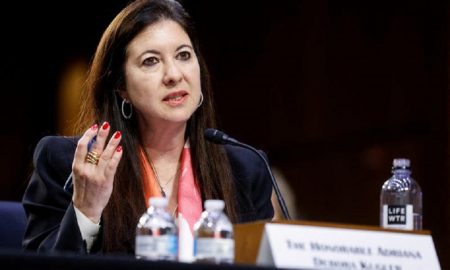
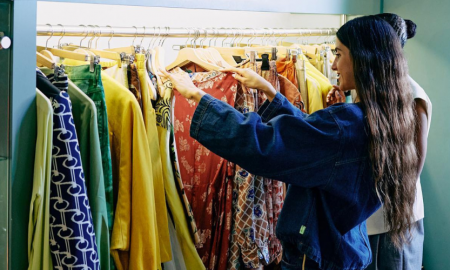
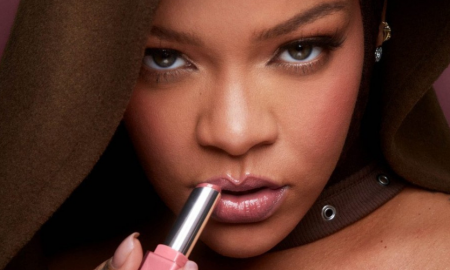


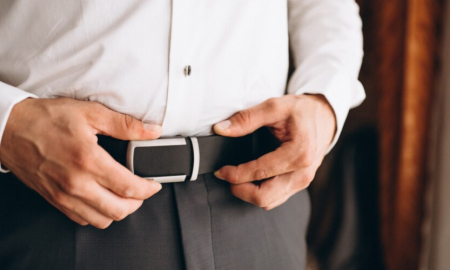
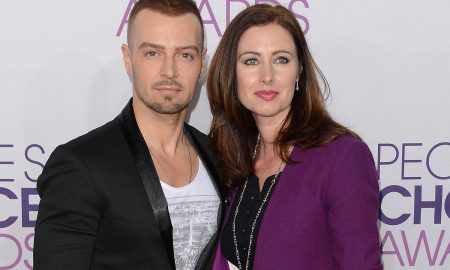
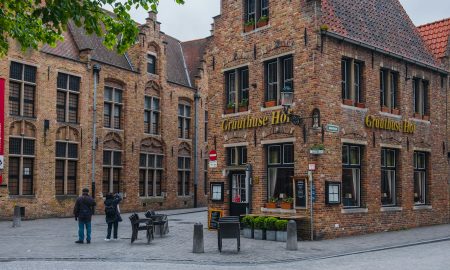

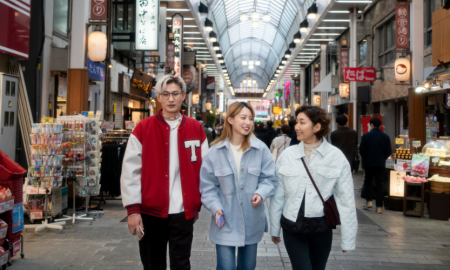
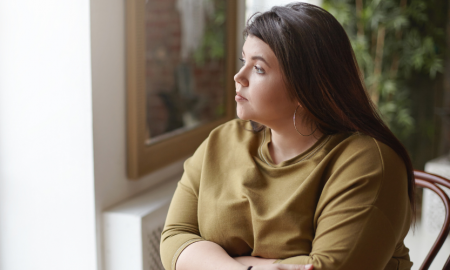
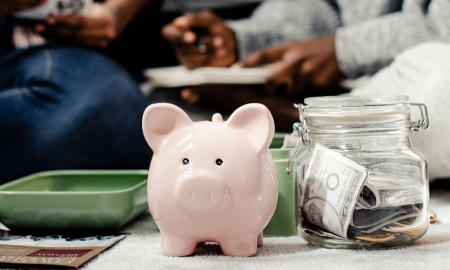
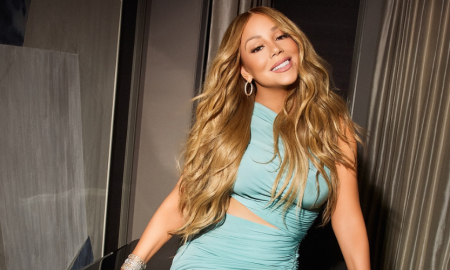
You must be logged in to post a comment Login